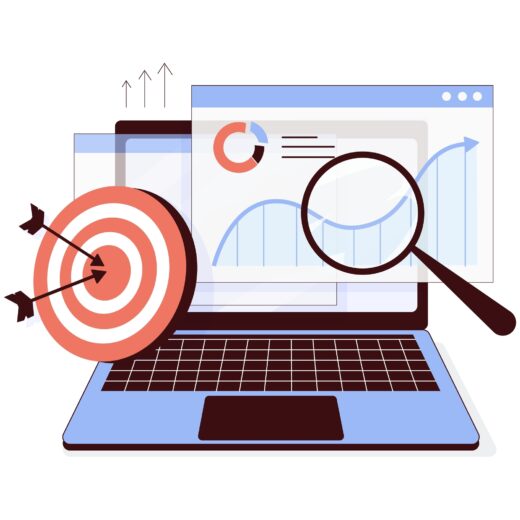The Ultimate Guide to On-Page SEO: Tips and Best Practices

In the digital landscape, optimising your website for search engines is paramount to driving organic traffic and achieving online success. On-page SEO refers to the practices that help individual web pages rank higher and earn more relevant traffic in search engines. This guide will provide you with essential tips and best practices to master on-page SEO.
Understanding On-Page SEO
On-page SEO involves optimising the content and HTML source code of a page. Unlike off-page SEO, which involves external signals like backlinks, on-page SEO focuses on elements within your control. This includes content quality, keyword optimisation, meta tags, and internal linking, all of which play a crucial role in how search engines understand and rank your pages.
Keyword Research and Optimisation
Keyword research is the foundation of any successful SEO strategy. Begin by identifying keywords relevant to your content and target audience. Utilise tools like Google Keyword Planner, Ahrefs, or SEMrush to find keywords with high search volume and low competition.
Once you have your keywords, integrate them naturally into your content. Focus on:
- Title Tags: Place your primary keyword near the beginning of the title tag to enhance relevance.
- Headings (H1, H2, H3): Use headings to structure your content and include keywords where appropriate.
- Content: Maintain a keyword density of about 1-2% and avoid keyword stuffing. Ensure your content is informative, engaging, and valuable to the reader.
- URL Structure: Create SEO-friendly URLs that are short, descriptive, and include your primary keyword.
Crafting High-Quality Content
Content is the cornerstone of on-page SEO. High-quality content not only satisfies user intent but also signals to search engines that your page is authoritative and valuable. Here are some tips for creating top-notch content:
- Originality: Avoid duplicate content. Search engines favor unique, original content.
- Length: Longer content tends to perform better in search rankings. Aim for comprehensive articles that thoroughly cover the topic.
- Readability: Write in clear, concise language. Use bullet points, short paragraphs, and images to enhance readability.
- Multimedia: Incorporate images, videos, and infographics to make your content more engaging and shareable.
Optimising Meta Tags
Meta tags provide search engines with information about your page. The most important meta tags for on-page SEO are the title tag and meta description.
- Title Tag: As mentioned earlier, include your primary keyword and keep it under 60 characters.
- Meta Description: Write a compelling meta description that includes your primary keyword and encourages users to click. Keep it under 160 characters.
Internal Linking
Internal links connect different pages on your website, helping search engines understand the structure and hierarchy of your site. They also distribute page authority and help users navigate your content.
- Anchor Text: Use descriptive anchor text that includes relevant keywords.
- Link Depth: Ensure important pages are easily accessible within a few clicks from the homepage.
- Content Links: Integrate links naturally within your content to related articles or pages.
Mobile-Friendliness
With the increasing use of mobile devices, having a mobile-friendly website is crucial. Google uses mobile-first indexing, meaning it primarily uses the mobile version of your site for ranking and indexing. Ensure your site is responsive and offers a seamless experience across all devices.
Page Speed Optimisation
Page speed is a critical ranking factor. A slow-loading site can lead to high bounce rates and lower rankings. Improve your page speed by:
- Compressing Images: Use tools like TinyPNG to reduce image file sizes without compromising quality.
- Minifying CSS and JavaScript: Remove unnecessary code to enhance loading times.
- Using a Content Delivery Network: Distribute content across multiple servers to reduce latency.
Mastering on-page SEO requires attention to detail and a commitment to delivering value to your audience. By following these tips and best practices, you can improve your website’s visibility, drive more organic traffic, and achieve higher search engine rankings. Stay updated with the latest SEO trends and continuously refine your strategies to stay ahead in the ever-evolving digital landscape.








